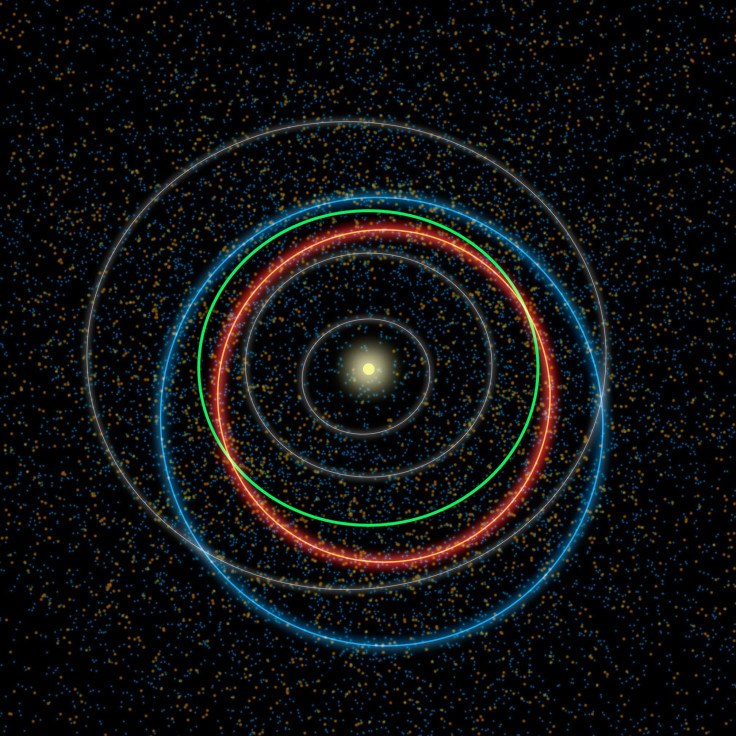NASA Is Taking Asteroid Threats To Earth Seriously, Forms New Defense Office

NASA announced Thursday the creation of a new office overseeing the detection of potentially hazardous near-Earth objects (NEO). The Planetary Defense Coordination Office has the authority to issue warnings of close approaches and potential impacts, according to the space agency.
The new office will be a part of NASA's Planetary Science Division.
NASA has several projects tasked with the detection of NEOs. NASA's Jet Propulsion Laboratory's Near Earth Object Program monitors asteroids and comets. The program has an updated list of potential threats to Earth based on the the automated Sentry impact monitoring system.
The network of radio telescopes across the U.S. and the NEOWISE infrared red space telescope also aid in the tracking and observation of these objects. The Planetary Defense Coordination Office will manage all various efforts of NASA to detect NEOs.
"The formal establishment of the Planetary Defense Coordination Office makes it evident that the agency is committed to perform a leadership role in national and international efforts for detection of these natural impact hazards, and to be engaged in planning if there is a need for planetary defense," Lindley Johnson, the newly minted Planetary Defense Officer, said in a statement.
If there is an actual threat to Earth — unlike a Facebook hoax post — the Planetary Defense Coordination Office will coordinate efforts with the Federal Emergency Management Agency to prepare a response.
After an asteroid or comet is first detected by NASA, precise orbits are predicted for these objects. The path of NEOs are refined over time, with any potential threat carefully monitored.
To date, 90 percent of massive NEOs — measuring one kilometer (3,280.84 feet) — have been been discovered. Mid-sized NEOs — 140 meters (450 feet) or larger — remain a concern for the space agency. NASA has discovered just 25 percent of these NEOs, but it has been tasked by Congress to discover 90 percent of mid-sized NEOs by 2020.
"Asteroid detection, tracking and defense of our planet is something that NASA, its interagency partners, and the global community take very seriously,” John Grunsfeld, an associate administrator for NASA’s Science Mission Directorate," said in a statement.
© Copyright IBTimes 2024. All rights reserved.






















